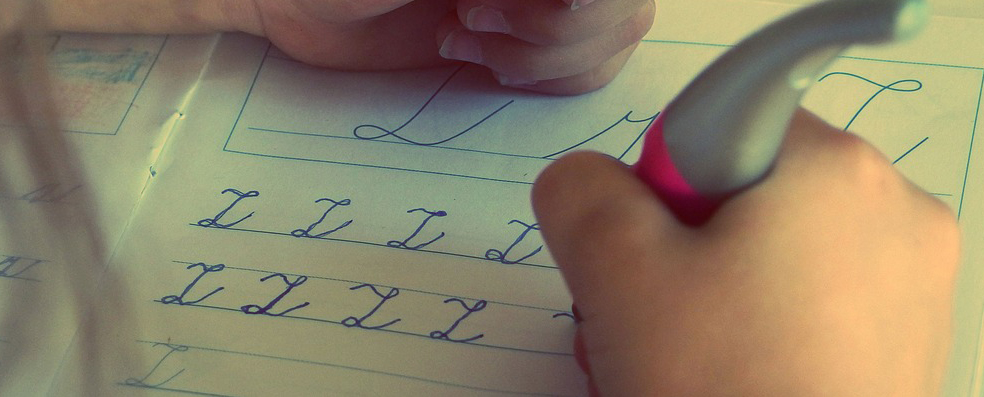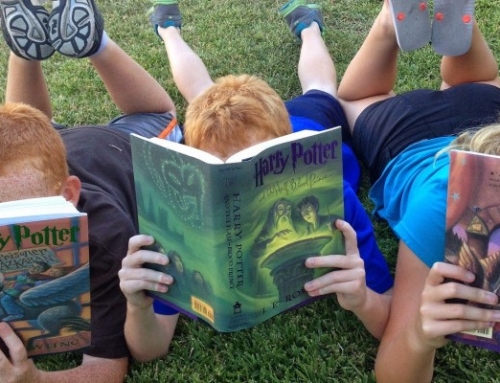- Break it down. The English language is complicated, so the best way to teach it is in small logical sequential steps. It’s basically a code of symbols with sounds attached, with lots of spelling rules, so we need to teach the steps, one by one, in the correct order and allow time for practice.
- Start with lower case letters. So many reading and spelling programs start with capital letters. The thing is CAPITAL LETTERS ALL HAVE THE SAME HEIGHT which can make them harder to visually identify for the struggling learner.
- In the beginning put more emphasis on the 46 sounds of the English language than you do on letter identification. If a child can speak the English language they already know the 46 sounds. So, the English language has 26 letters that can make 46 sounds. Now it is all about teaching how those 46 speech sounds are represented by common letter patterns in words. Working from what children already know, makes the whole process seem more achievable and allows children greater success.
- Use colour and movement to make the learning as multi-sensory as possible. Children needs hooks to hang learning on in order to retain it. For example, make the vowels one colour and the consonants another. Get them to clap their hands every time they see a full stop in a story book. Children love multi-sensory learning because they are designed for it. It makes the learning, fun, action packed and memorable.
- Repeat! Repeat! Build knowledge and then Repeat! Children with school learning difficulties often need repetition to make sure what they learn is retained. Children will often tell me they have had access to quite good remedial programs in their schools, but the programs only last for 6-10 weeks, never to be done again and the newly acquired information was eventually lost.
- Use supported reading practice to provide reading success from day one. When children first start reading independently, it is so joyful to watch, because they finally have access to all the amazing stories which fosters their incredible creatively and imagination. We need to ensure that the struggling reader has access to this same experience and this can be done via supported reading practice. This can be as easy as reading a story to your child or providing an audio of a book.
- Everyone is different. Make sure the child understands that being slower to learn to read than their brothers, sisters or peers does not make them any less intelligent. Many incredibly successful people took some extra time to learn to read. Not everyone is good at it from day one. If children are taught in the right way they can all learn to read. Everyone’s brain works differently and some people just take longer than others to become competent at certain skills, just like learning to tie shoe-laces.

Liz Dunoon is a teacher, an author and the creator of the New Speech to Spelling Method™, an online reading and spelling solution which has helped 1000’s of children around the world to catch up at school. If you have a child who is struggling at school with reading, spelling and self-confidence, you can watch a webinar about this ground-breaking new method here.
www.dyslexiadaily.com/webinar







Your 10 Minute Tutor program starts with CAPITALS which concerned me but here you say start with lower case which seems a better practice.
Hi Wendy, You made me go and look, but it’s all lower case and some upper case until A-9 where we practise writing the capital letters. Liz
We have just been informed that our just seven year old grandson is dyslexic. He is not doing badly in reading as his parents (Mum is a teacher and had suspicions) have read with him daily since he was born and spent a LOT of time with him on it. I believe that his written work is all over the place and though he has wonderful verbal ideas he finds it very slow to get it down. I was just wondering whether you had some initial ideas as to how to best help him. I have heard of special glasses and have seen rulers and some sort of other reading aids.
He is a wonderful boy and I am sure that he will do well but any thoughts and ideas would be gratefully received. Thank you.
Thanks a lot Wendy for sharing this strategy. It really working with my son!